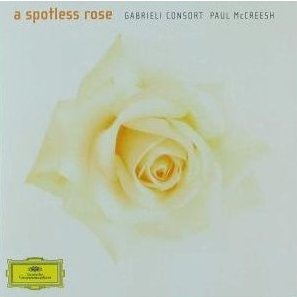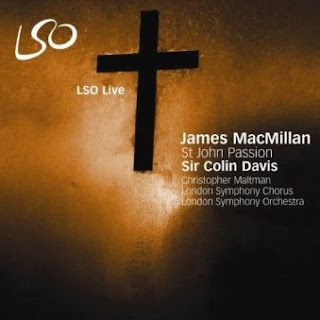Search This Blog
Early music and more by Edward Breen
Where possible, review entries are linked to their original publication.
Posts
Showing posts from February, 2009
Farnaby's Dreame: 20 pieces from the Fitzwilliam Virginal Book
- Get link
- Other Apps
Hildegard von Bingham & Birgitta von Schweden
- Get link
- Other Apps
Dowland: In darkness let me dwell
- Get link
- Other Apps
James MacMillan: St John Passion
- Get link
- Other Apps




